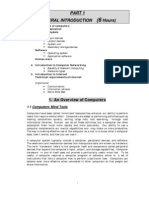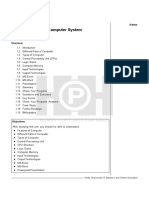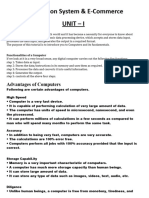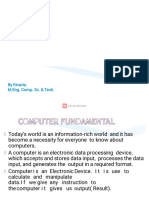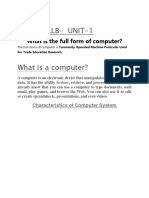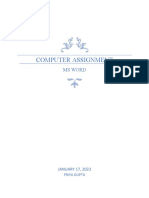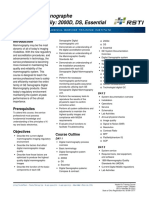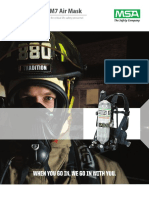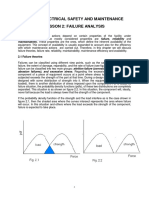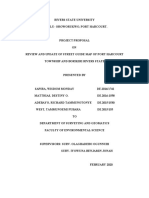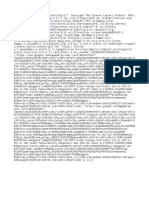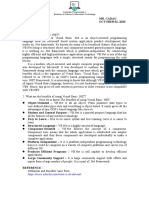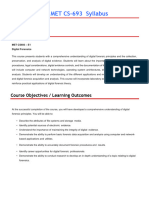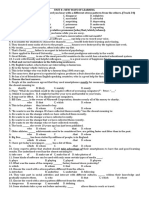0% found this document useful (0 votes)
23 views7 pagesLecture 1
The document provides an overview of computers, defining them as fast electronic devices that process input data according to user instructions to produce output. It discusses the characteristics of computers, such as speed, accuracy, and versatility, as well as their limitations, including dependency on humans and lack of intelligence. Additionally, it highlights the applications of computers in business, emphasizing their role in improving efficiency in areas like financial management, office management, and marketing.
Uploaded by
borabandavamshi8Copyright
© © All Rights Reserved
We take content rights seriously. If you suspect this is your content, claim it here.
Available Formats
Download as PDF, TXT or read online on Scribd
0% found this document useful (0 votes)
23 views7 pagesLecture 1
The document provides an overview of computers, defining them as fast electronic devices that process input data according to user instructions to produce output. It discusses the characteristics of computers, such as speed, accuracy, and versatility, as well as their limitations, including dependency on humans and lack of intelligence. Additionally, it highlights the applications of computers in business, emphasizing their role in improving efficiency in areas like financial management, office management, and marketing.
Uploaded by
borabandavamshi8Copyright
© © All Rights Reserved
We take content rights seriously. If you suspect this is your content, claim it here.
Available Formats
Download as PDF, TXT or read online on Scribd
/ 7








